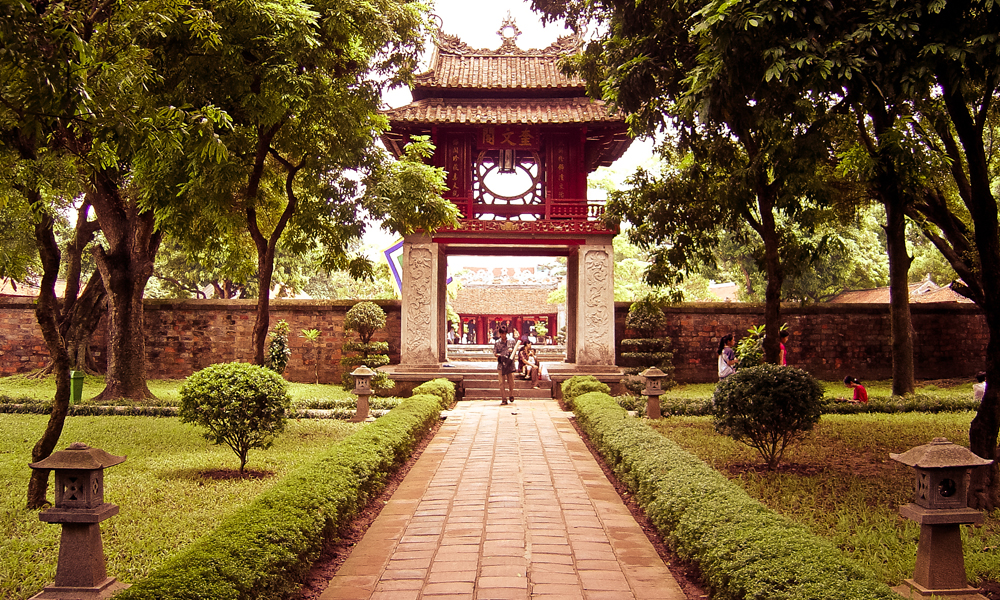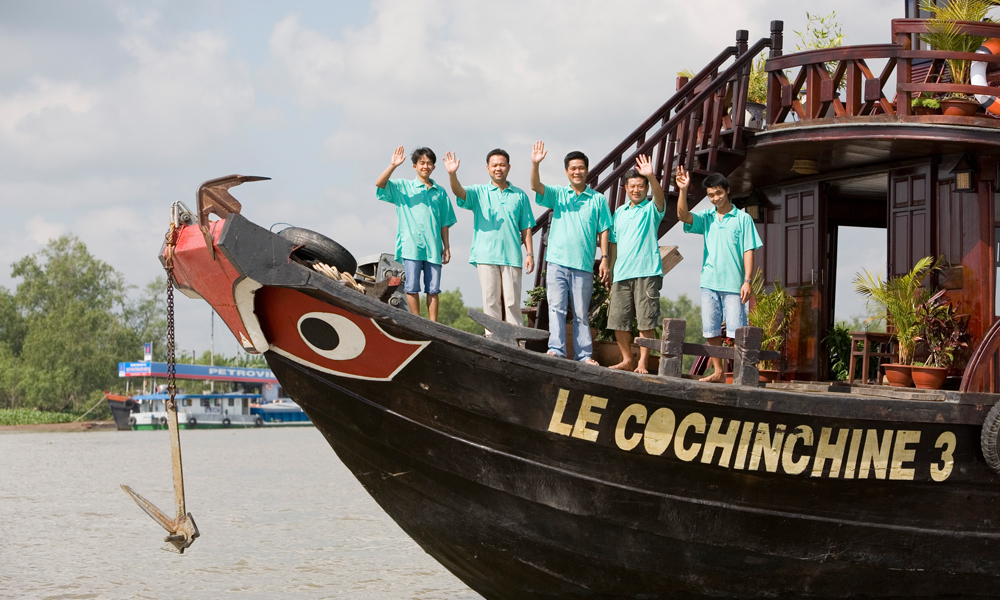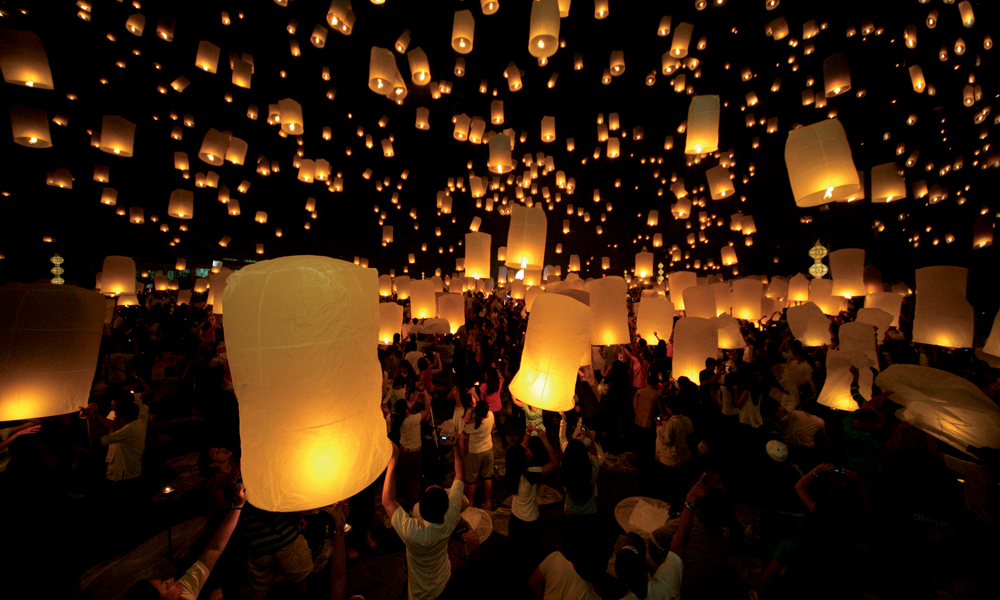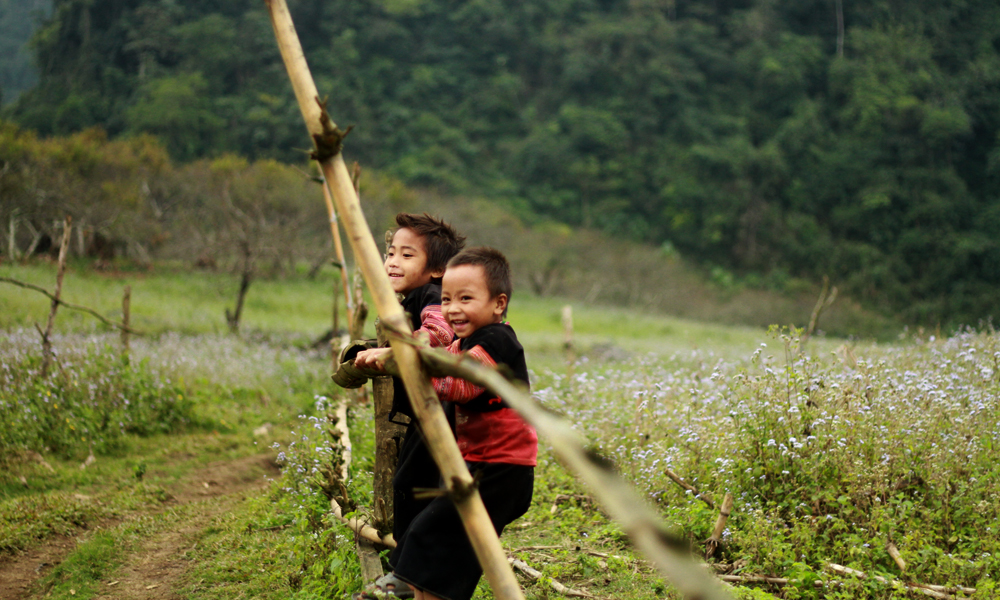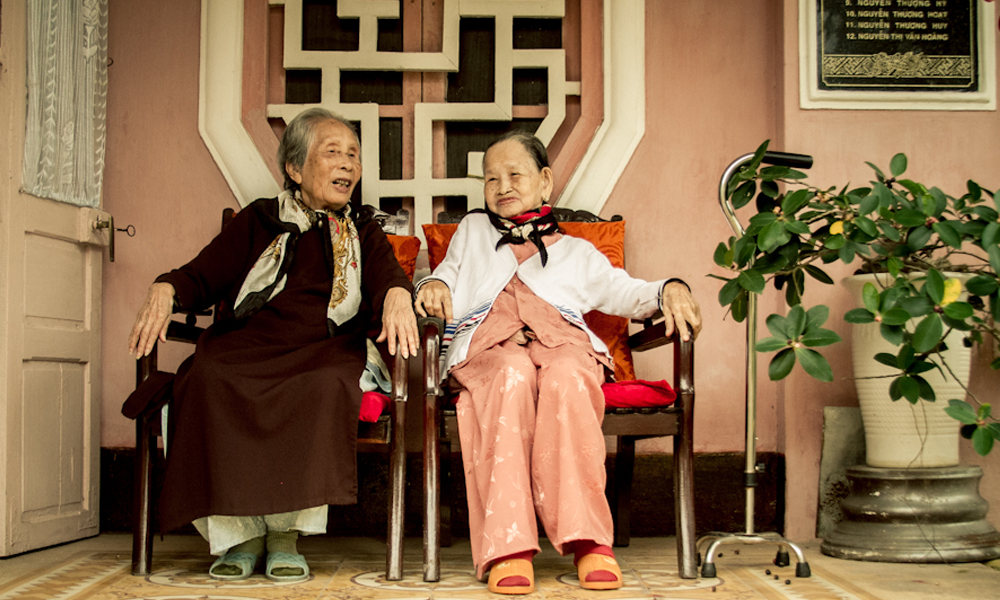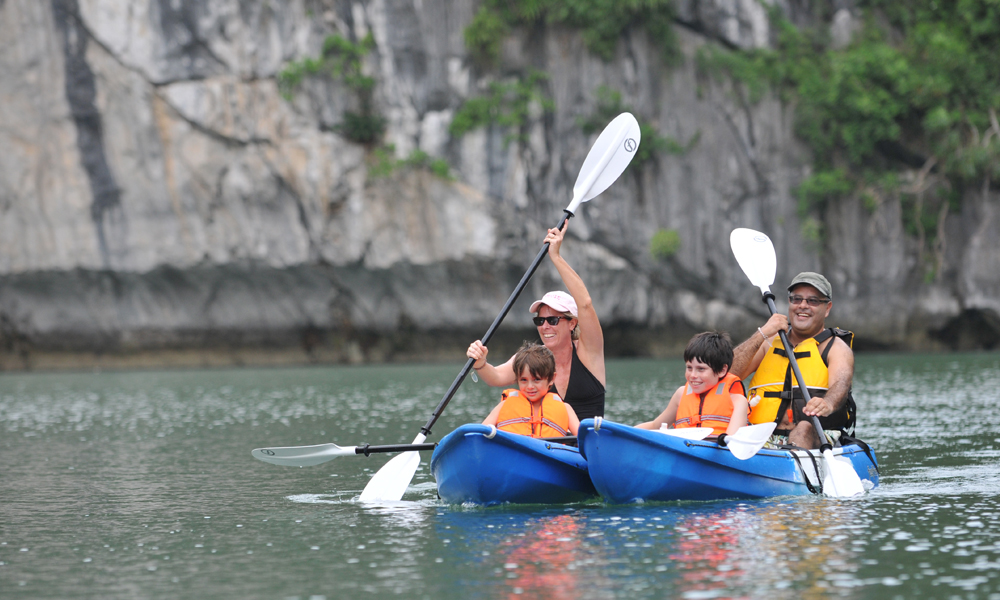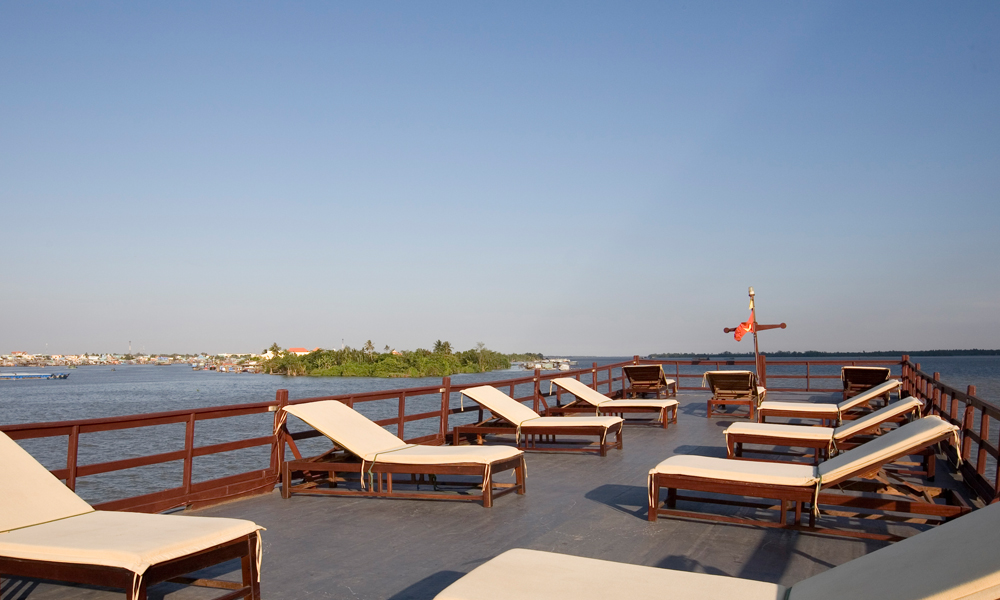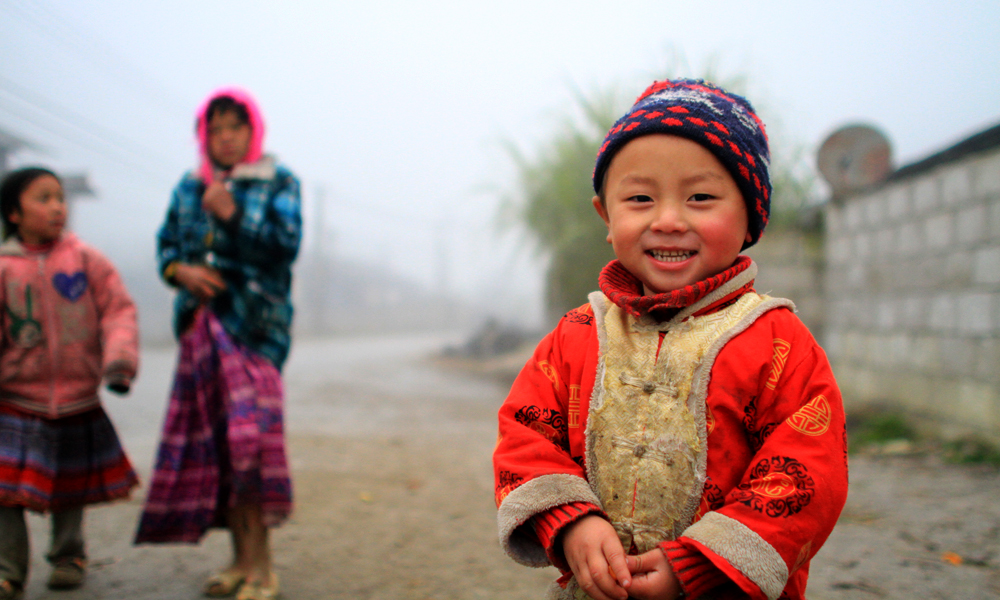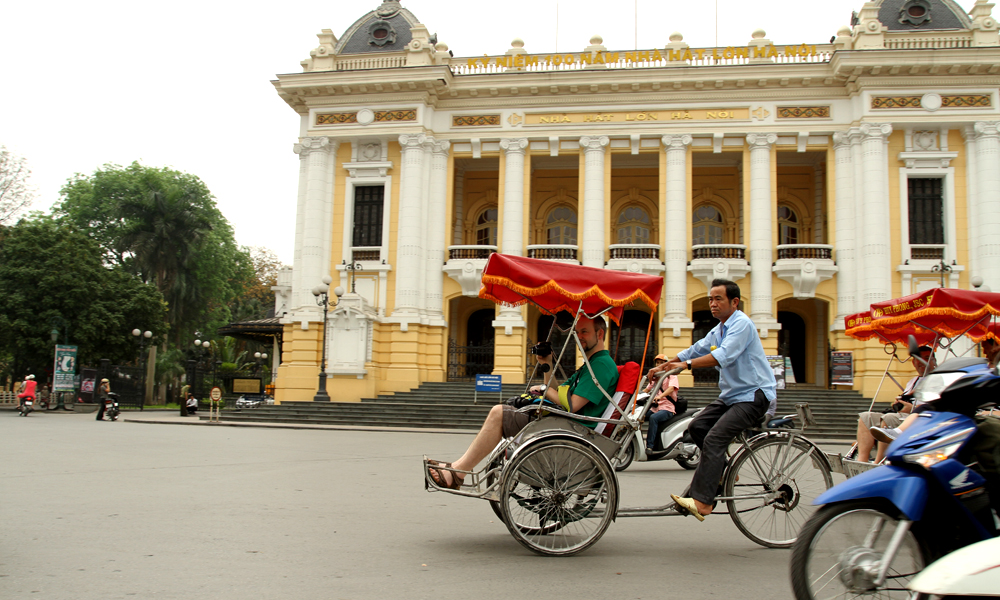- VISAS
Passport should be valid for six months after you planned date of departure from the country. A 30 day visa can be obtained on arrival. Tourists pay $20 while a business entry costs $25. A visa on arrival can be obtained at Phnom Penh’s Pochentong International Airport, Siem Reap Airport and at international border gates. Visas can also be obtained at Royal Cambodian Embassies or Consulates in foreign countries. Cambodians living overseas are entitled to a free (K) visa. Visas can be extended at the Immigration Department in Phnom Penh.
- WEATHER
Cambodia has a temperature range from 21 to 35 °C (69.8 to 95 °F) and can
experiences tropical monsoons from May to October.
Cambodia has two distinct seasons. The rainy season, which runs from May to
October, can see temperatures drop to 22 °C (71.6 °F) with high humidity. The dry
season lasts from November to April when temperatures can rise up to 40
°C (104 °F) around April.
- CURRENCY
The Riel (KHR). Foreign currencies can easily be changed at hotels, airports, markets and banks. Larger hotels and restaurants will take credit cards but cash is often the preferred method of payment.
As of 30 October, 2012: 1 USD = 4,040 Riel (KHR).
- TIME
Time zone: GMT/UTC + 7 Business days: Monday through Friday.
Business hour: Mornings: 07h30 - 12h00; Afternoons: 13h00 - 16h30.
Most restaurants and shops open from 08h00 till 22h00
- WHAT TO PACK
Cambodia is a casual country by western standards therefore casual clothing is appropriate for almost any occasion.
Some lightweight quick dry clothing is advisable. Long sleeved shirts for the evenings and a light sweater if you are going in the winter months. If you go in the wet season, a waterproof jacket might be a good idea.
If you are not participating in any trekking tours, sandals and lightweight shoes are sufficient. If trekking is included in your itinerary, you will need trekking boots.
- ELECTRICITY
The national electricity system is 220 volts. Connections are either a round two-pin plug or a flat two-pin plug. Beware if you are using electrical appliances and laptop computers, as there are power surges and frequent power cuts.
- FOOD/CUISINE
Rice is the staple grain, as in other Southeast Asian countries. Fish from the Mekong and other rivers is also an important part of the diet. The cuisine of Cambodia contains tropical fruits, soups and noodles. Key ingredients are kaffir lime, lemon grass, garlic, fish sauce, soy sauce, curry, tamarind, ginger, oyster sauce, coconut milk and black pepper. Some delicacies are Num Bunhjok, Amok) and Ah Ping. French influence on Cambodian cuisine includes the Cambodian red curry with toasted baguette bread. Red curry is also eaten with rice and rice vermicelli noodles.
Probably the most popular dine out dish, ka tieu, is a pork broth noodle soup with fried garlic, scallions, green onions. It may also contain various toppings such as beef balls, shrimp, pork liver or lettuce. The cuisine is relatively unknown to the world compared to that of its neighbors Thailand and Vietnam.
- DRINKING
Drinking tap water or ice is not recommended. Bottled water is readily available but check the seal for possible tampering. You should be drinking a minimum of 1.5 liters of water per day. This should increase as the temperature increases or you are engaging in physical activities.
- HEALTH
Pack medications in their original, clearly labeled, containers. A signed and dated letter from your physician describing your medical conditions and medications, including generic names, is also a good idea. If carrying syringes or needles, be sure to have a physician’s letter documenting their medical necessity. If you have a heart condition, bring a copy of your ECG taken just prior to travelling.
If you happen to take any regular medication, bring double your needs in case of loss or theft. In most Southeast Asian countries, you can buy many medications over the counter without a doctor’s prescription, but it can be difficult to find some of the newer drugs, particularly the latest antidepressant drugs, blood pressure medications and contraceptive pills.
There are some health concerns you should be aware of in Cambodia including dengue fever, malaria and Japanese encephalitis, typhoid, hepatitis and rabies. Tuberculosis is also a growing concern. While sexually transmitted diseases (particularly HIV and AIDS) are more common in nearby Thailand, they do pose a risk in Vietnam.
Mosquito bites are annoying enough in themselves, but on top of that, some tropical diseases (see above) are insect borne, so applying mosquito repellent after sunset is a must especially when in a more rural setting. Gastro enteric problems are among the most common ailments visitors complain about. These are generally the result of consuming contaminated food or water, so be careful about where and what you eat and drink.
No vaccinations are officially required by the Cambodia authorities, however immunization against cholera, hepatitis, typhoid, tetanus, polio and Japanese encephalitis is advised. Please consult your doctors for further medical advice.
You should carry a basic medical kit that includes anti diarrhea tablets and re-hydration salts. Medical standards outside of the main cities are lower than those found in western countries.
Cambodia is a generally a very safe country but as in any country, general common sense precautions are necessary as a tourist in a developing country.
In the larger cities in the busy areas, take precautions against pickpockets.






